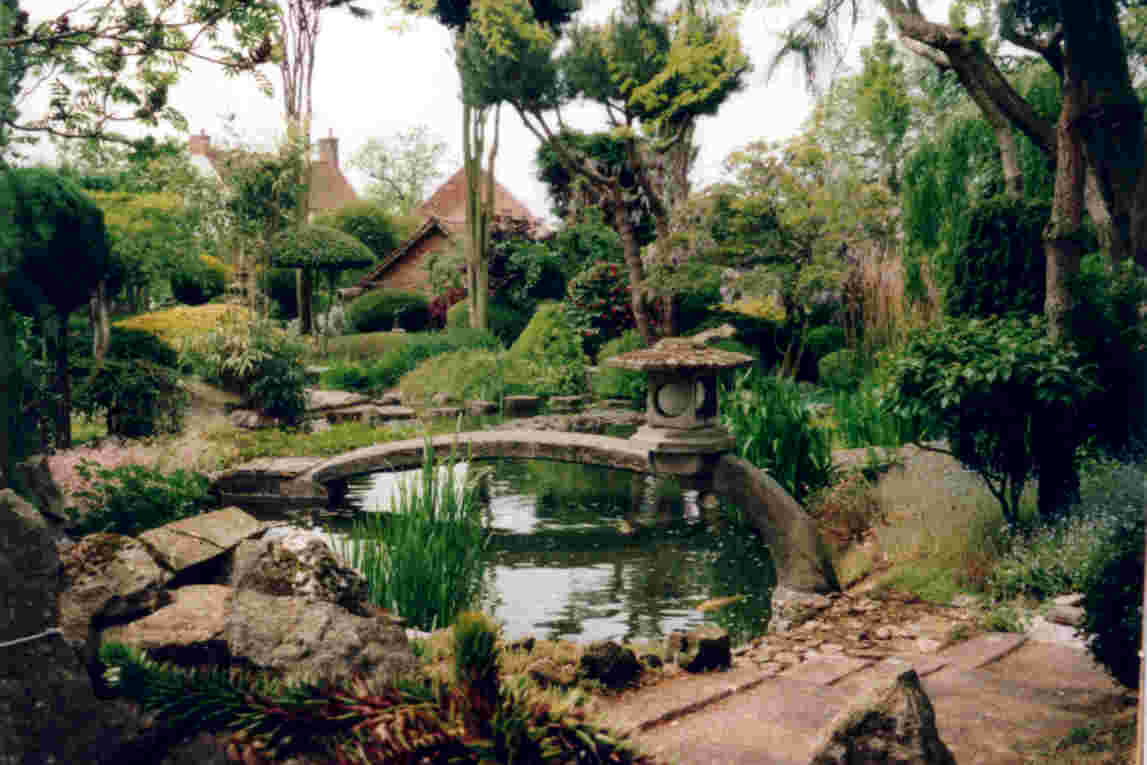Eggs and Rice :)
Even though the Japanese project was considered a tough project, being allowed to choose our topic sparked our interest. If our group, Rachel Zhang, Jonathan Xue, and I, Allison Yoon were given a project like “The Religious Bases of Shinto,” we would have lost our perseverance. Instead, we chose Modern and Traditional Fashion of Japan.
In the area of teamwork, I would not have switched my group for any other. Although in my mind, I think we met up one too many times (about 5 or 6 times,) it was all worth it. We all pitched in and managed to pull it together, and I am proud we didn’t rush it toward the end like almost everyone else.
Even though our poster board was splendid, our presentation didn’t go as smoothly. We painted Ji-Hee’s, a volunteer, face and the brush was too wet, so the black paint was about to go into her eyes. We had to end it quickly with a quick, “That’s our project. Thank You!” I was too freaked to see the audience’s expression although I heard a lot of laughing and some clapping. However, I am proud that we managed to keep the crowd from going to sleep by reciting facts.
If we could have does this one more time, I would have cut our poster board in half and not have filled the entire poster board. However, the biggest change I would have worked on was our presentation. To be quite frank, we were unprepared. We should have walked through it at someone’s house, but after that, I loved my project.
One of my more memorable moments was when we were supposed to be studying for our project, and we had 2 hours. However, Jonathan and Rachel were cooking eggs and rice. I was doing our compare and contrast essay for our project. The eggs and rice were worth it. They were delicious. Yummmm



























